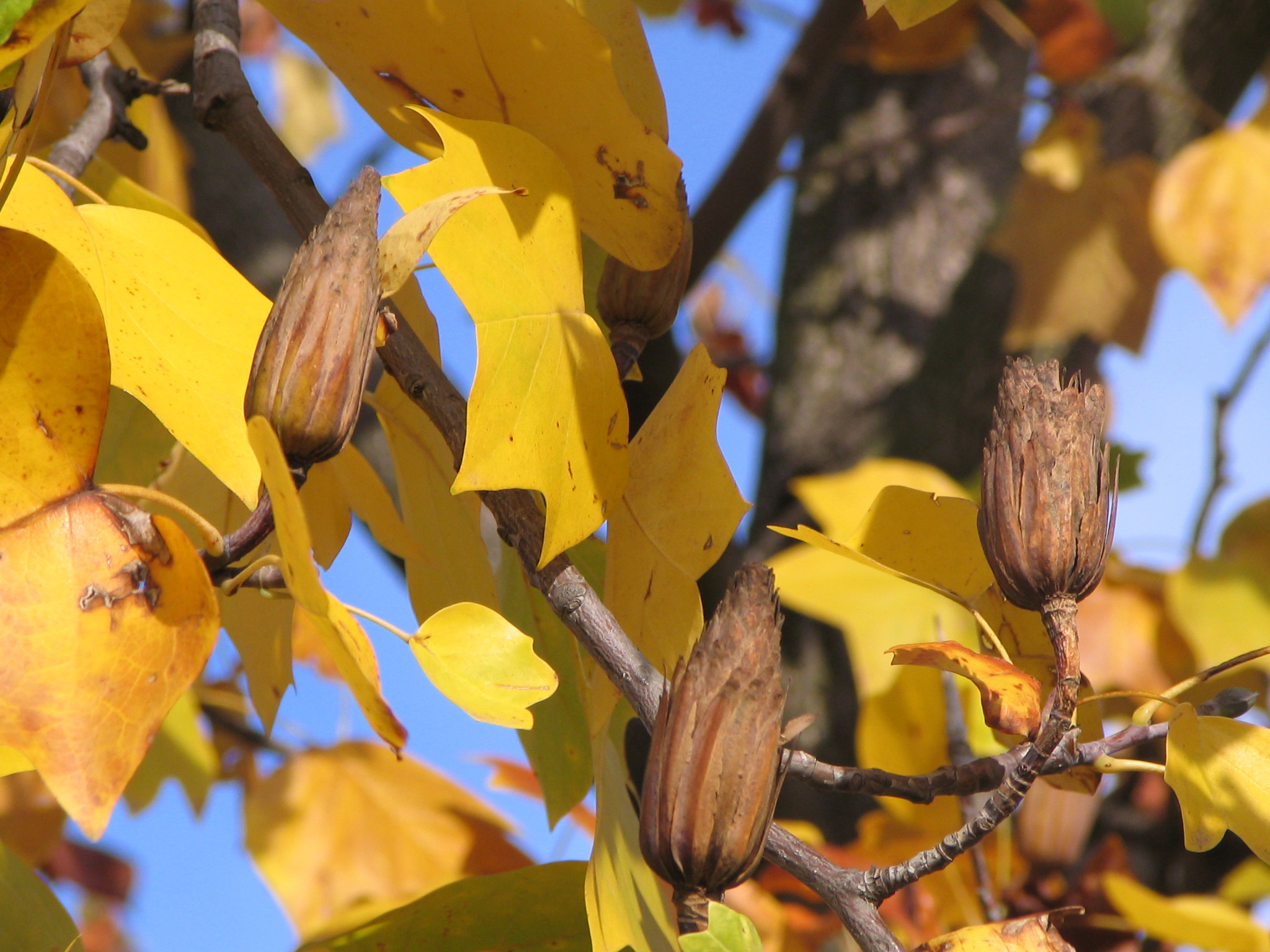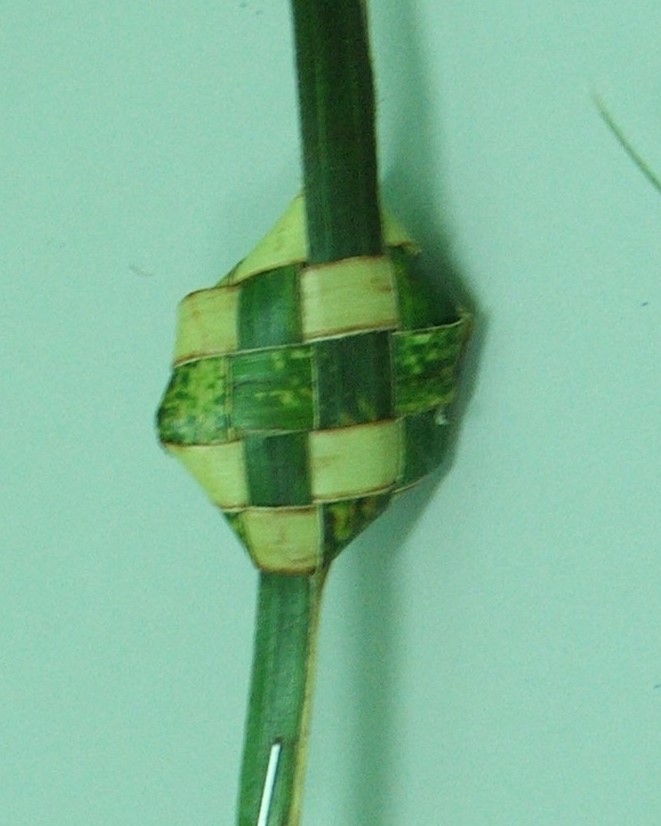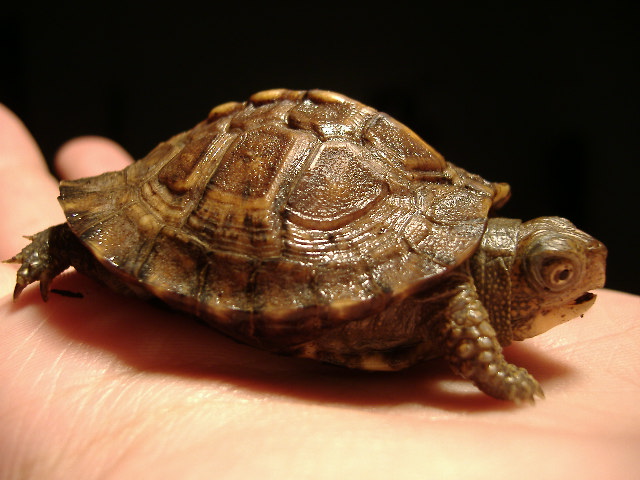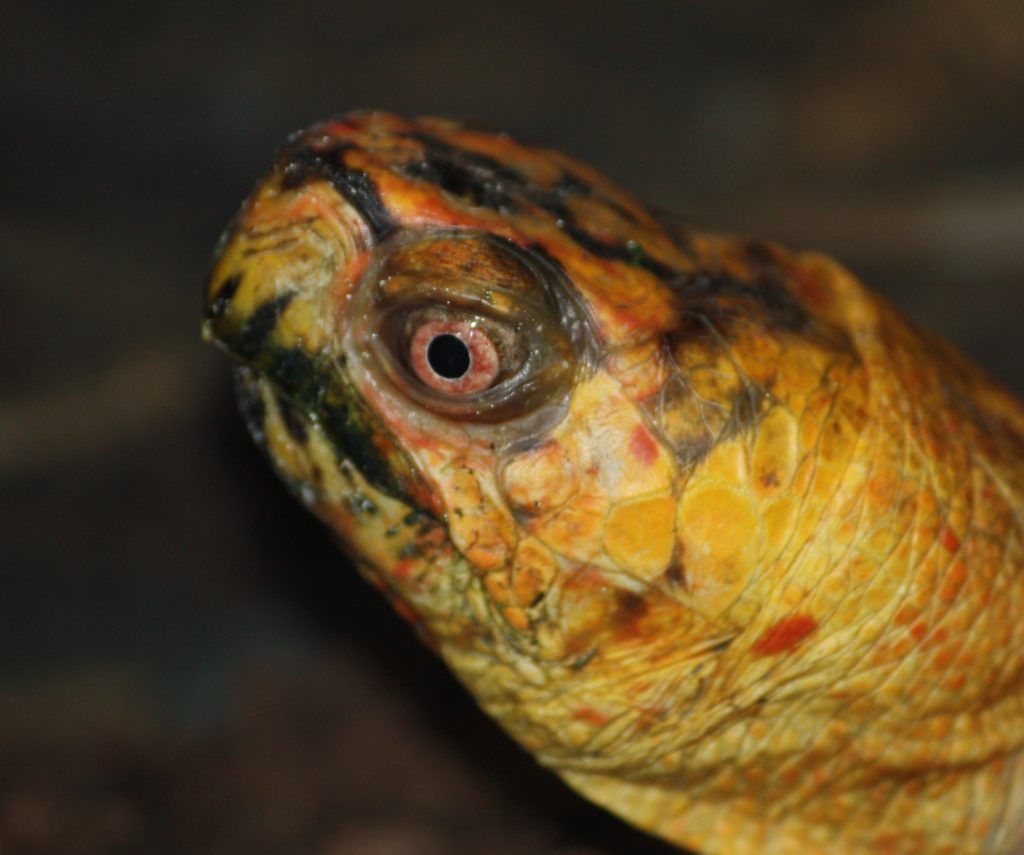This blog has nothing to do with anything except that I really like Eastern Box Turtles. I hope you enjoy it.
If I were a box turtle, I could eat nearly anything, never have to build a shelter, would be nearly impervious to predators, could live virtually anywhere in the eastern half of the U.S., and live up to 100 years! Plus, I’d be beloved across time and cultures.
Researching Turtles
I first paid attention to them when I was a summer research assistant during graduate school. The professor I was working for eschewed buying lab animals. Instead, he had his graduate students do things like trap dump rats. One spring, he had his students collect box turtles from roadsides and fields for a class project. I worked for him the following summer.
The brick animal holding building near the river was old, dim, and dank. I worked in the basement where the box turtles lived in a huge terrarium. We fed them lettuce, blueberries, and raw hamburger.
Turtle Speed Runs
I set up a T-maze, which looks just like it sounds. As I recall, the stem as well as each arm was two feet long. One arm led to food; the other arm led to a drop-off into a big box of shredded paper. I measured several things:
- How long it took each turtle to traverse the maze;
- How many times the turtle looked left and then right at the choice point before choosing a direction—i.e., (for science nerds) the VTE’s or vicarious trials-and-errors;
- Whether the turtle made the right choice or not;
- How many trials it took before the turtle consistently made the right choice.
It was a l-o-n-g summer of l-o-n-g workdays. Sometimes, a single trial for a single turtle took more than an hour.
Research Results
The hypothesis being tested was that the more VTE’s, the fewer trials to learn. Not supported.
However, over some weeks, we noticed aberrant behavior. For example, we saw several instances of males mounting males or turtles eating newly-laid eggs. So, we wrote a paper about the effects of crowding on eastern box turtles. As far as I know, that paper never saw the light of day.
But I learned a great deal about Eastern Box Turtles that summer, starting with how to “sex” them, quick and easy: bright red eyes distinguish males from the brown-eyed females. In addition, male box turtles’ heads and shells are often more brightly and distinctively colored than females. The underside of female box turtle shells are flat; males are concave. There’s more, but not as obvious.
Subsequently, I’ve picked up a lot of interesting (to me) information. For example, the temperature of the nest determines the sex of the hatchlings; eggs incubated at 70-80 degrees Fahrenheit are more likely to be males, and those incubated above 82 degrees Fahrenheit are more likely to be females.
Turtles Gone Wild!
Periodically, I see eastern box turtles in my backyard. Once I saw two on the bank, mating. Never before, and not since!


.
Eastern box turtles live in a wide variety of habitats including forests, forest edges, meadows, and rural or suburban backyards. Depending on the habitat quality, Eastern box turtles can have a home range between 2 and 13 acres. If their habitat provides enough food, water, shelter, and occasional contact with other box turtles, they have all they need and rarely leave their home range.
Box turtles will always go back to where they are most familiar with their surroundings. Researchers call this adaptation homing behavior. Home ranges often overlap regardless of age or sex.
Actually, you shouldn’t disturb turtles in the wild. (Little did we know when embarking on the turtle project all those years ago!) Don’t disturb, pick up, or move a box turtle unless it has a visible injury or is in imminent danger. If you find a turtle in the road, move it to the other side in the direction it was going. Don’t attempt to relocate it. Turtles have small home territories and should be left where they are found.
Behavior
Turtles typically show no antagonism toward each other. While aggression between individuals is uncommon, competing males will spar each other. This involves biting at each other’s shells.
Box turtles reach sexual maturity around age five. Mating season generally starts in the spring and continues through fall. After rain, males become more active in their search for females. Males may mate with more than one female or the same female several times. Females can store sperm for up to four years. They lay fertilized eggs at will, so they don’t mate every year. A female could lay fertile eggs up to four years after a successful mating!
In the wild, eastern box turtles walk energetically with their heads upright. They may walk about 55 yards in one day. A homing instinct helps them find their way back home. Box turtles generally live for 25-35 years but have been known to survive to over 100! They grow to only about 4 inches by six inches.
If you do need to pick one up, hold it like a sandwich with both hands.
And they like to be scratched with a stiff brush!
Diet
Eastern box turtles are omnivores, and in the wild eat whatever is available: a variety of plants, fruits, insects, fish, small amphibians, eggs, and even animal carrion. They can even eat mushrooms that are toxic to humans!
Younger box turtles grow very rapidly and tend to be preferentially carnivorous (for the needed energy). Younger turtles tend to be more carnivorous than adults, hunting in ponds and streams for food. After five to six years, they move onto the land and shift to a more herbivorous diet.
Anatomy of Turtles
Box turtles have great eyesight for recognizing food surroundings, and potential danger. Not only can they tell the difference between ripe and unripe fruit, but they can also identify other individual box turtles based on the colors and patterns on their shells and bodies.
The underside of its shell (its plastron) is dark brown and hinged, which allows them to almost completely shut their shell. When threatened, the box turtle can pull its head and legs into its shell and wait for the danger to pass. Very few predators can effectively prey upon adult box turtles because of this technique.
Its shell is also unique in that it can regenerate. In one reported case, the carapace of a badly burned box turtle completely regenerated.
Wonderful as they are, box turtles are not good pets. They don’t like to be petted or handled, and without special lights they are prone to bone and other health problems. Also, most turtles carry salmonella infection asymptomatically, in that they do not show signs of illness, but can pass it on, which can be an issue for children, especially.
Symbolic Turtles

However, you can still have turtles around you! Turtle jewelry is easily found, and very variable. Just ask me! Besides the turtle image itself, the power of the metal and stones may be protective, too.

Besides appealing to me generally, I like the symbolism of turtles. Many Native American cultures believe turtles to have a strong and ancient understanding of the world they hold upon their shell. The Chippewa, Menominee, Huron-Wyandot, Abenaki, Shawnee, Lenape, and Iroquois tribes all have Turtle Clans. In other tribes, turtles represent healing, wisdom, spirituality, health, safety, longevity, protection, and fertility.
Many cultures associate turtles with water. Some concentrate upon the fertility that this connection can suggest.
In addition, some cultures view the turtle as a symbol of spiritual rebirth and transformation. The turtle has the ability to submerge underwater and then resurface, representing renewal and spiritual protection.
Wise Turtles
Around the world the tortoise and/or turtle can be seen as a symbol of wisdom and knowledge, and is able to defend itself on its own. According to Yoruba foklore, the trickster Alabahun is a tortoise who performs heroic deeds. In other traditions, turtles signify water, the moon, the Earth, time, immortality, and fertility.
The turtle is one of the Four Fabulous Animals of Chinese mythology, the ruler of the North. Seen in ways similar to those of Chinese tradition, the Japanese turtle spirit minogame (蓑亀) represented longevity, support, and good luck. Although they don’t have Eastern box turtles in China and Japan, they do have the Yellow-margined Box Turtle (Cuora flavomarginata).
Strong Turtles
Turtles in Oceania tend to be more representative of strength. According to Tahitian legend, the tortoise is the shadow of the gods and the lord of the oceans. Polynesian warriors would tattoo the symbol of the war god Tu on themselves, often in the form of a huge turtle.
Sometimes, a turtle’s strength and perseverance is marked on its shell. A folktale from the Amazon tells the story of how the turtle broke its shell when falling from the sky in an attempt to reach the King of Heaven. In Cherokee legend, the patterns on a turtle’s shell serve as a reminder of when the gods took pity on a turtle with a broken shell.
All in all, turtles are considered to be symbols of good luck because they embody positive qualities that are associated with prosperity, longevity, and perseverance.
Bottom Line: May turtles live long and prosper!










